Game Information:
Name: Shadowgrounds
Released: November 11, 2005
Developer: Frozenbyte
Rating: 7.5/10
Hardware Specifications:
Processor: AMD Sempron 140 2.7 Ghz
Video Card: Diamond AMD Radeon HD 4670
Memory: 4 Gigabytes DDR2 1066
Hard Drive: 2 TB Western Digital Caviar Green
System Specifications:
Distribution: Fedora 16
Kernel: Linux 3.4.4
Graphics Driver: R600 Gallium3D Driver
Desktop Environment: Xfce with compositing
If there is one thing that the explosion of indie developers in the past few years has accomplished, it has been the revival of previously dormant genres and game types. Genres which at one point had defined gaming, such as platformers, adventure games, top-down and turn-based games in general, had at first glance entered the twenty-first century as battered shells of their former selves, unable to attain commercial success or representation. But then came the hobbyists and the independents who, intent not to let some of their favourite game types die out or were simply lacking the budgets to explore the more widely touted genres of the day, saw these older formulas and staples as their means to enter the industry.
In this, Shadowgrounds stands out as being more of an example of the former than the latter. Being the first commercially released product from the developer Frozenbyte, it brought the top-down shooter back with a bang, featuring high graphics, an expansive soundtrack, fully voiced characters, and a developed if somewhat derivative story line. One could be forgiven for confusing it with the mainstream well-funded first person shooter games with which it would compete with, but Shadowgrounds also showed its indie roots as well; it was developed by a relatively unknown developer in Finland of only about twenty people. With that in mind, it is actually quite an achievement.
The game takes place on Ganymede, a satellite of Jupiter and, just so you can actually learn something from reading all of this, the largest moon in the Solar System. It follows the story of Wesley Tyler, a senior mechanic at the IGTO Repair Base,with the IGTO being the murky, faceless conglomerate responsible for governing the colony of New Atlantis. The game starts of with a long introductory video giving a less than brief overview of the setting and the history of the colony, before switching focus over to the player character. You and two other mechanics are sent to fix some broken equipment, but soon everything starts to go horribly wrong. Yes, you could be forgiven if you think you have already seen all of this before. In fact, Shadowgrounds often comes across as the poor-man's Doom 3 (2004) in more ways than just the opener.
At any rate, on your way there the other mechanics start to gossip, conveniently fleshing out the back story for the player character. Apparently Tyler started out in security and was only forced to become a mechanic after being blamed for a mishap. This is actually a surprising bit of literary genius on the part of Frozenbyte; it may not actually add much to the game's narrative in of itself, but it at least explains why he is one of the few people on the base who actually knows how to shoot straight. From there, the three of them get separated, and it is assumed that Tyler is the only one to get out of there alive.
For those unfamiliar with the genre, a top-down shooter is basically the same as any other shooter game, only with you staring down from above at the game world, instead of seeing it through the character's eyes as in a first person game, or from a view of the character's rear as in most other third person games. This means that you only have limited control of the protagonist, although this controlled perspective does have the advantage that it lends itself well to dodging and other evasive moves. It also allows you to better navigate large mazes, not to mention render them. To the games credit, Shadowgrounds knew full well about these strengths and this is essentially what the game is about: fighting and dodging monsters while navigating mazes. The occasional fetch quest or repair mission is of course thrown in for flavour, but for the most part it sticks admirably to the original recipe.
Like with Doom 3, the baddies, in this case aliens rather than demons, are not introduced right away. Even after the assumed demise of your partners, you do not get to fight the alien hoards immediately. It starts off with just you, alone with your trusty flashlight, as small spider like creatures start appearing out of nowhere. This is accompanied by a number of rather cheap horror tropes being gleefully displayed in cut-scenes or in other scripted sequences. While expected, this is not exactly the game's strong suit. At any rate, after dodging and running away from the increasingly hostile bugs, you eventually find a pistol, and start to to take the fight back to your pursuers.
Tyler can move about in two dimensions, but the third will always remain a mystery to him. You can not jump and you can not run, though you can of course casually walk around the map and as was mentioned earlier dodge, causing Tyler to quickly execute a fast ground roll. This can give you a quick boost of speed if or when you need it. In the end, this results in an almost claustrophobic kind of gameplay with your options always seeming somewhat limited, resulting in some rather hectic stand offs. Even with the ability to swerve, you often end up dodging away from the thrashing claws of one beast into the waiting jaws of another. This is not meant to come off as a bad thing; it is what makes the game work so admirably as a pure adrenaline shooter. The top-down perspective also prevents some of the jarring camera angles and wonky views that plague some other third-person titles, making Shadowgrounds a much more smooth experience.
Even with its sharp focus, Frozenbyte still managed to find a few ways to be somewhat innovative. All of your weapons are upgradeable in a fashion similar to role-playing games; the more dropped upgrade parts you collect from your fallen foes, the more upgrades become unlocked. It is essentially a skills system for guns, and it helps give life to the otherwise fairly standard arsenal. Starting with your basic side-arm, you later get to utilize the power of shotguns, pulse-rifles, grenade launchers, rocket launchers, flamethrowers, and the aptly named “Electric Gun”, which fires bursts of searing electricity. Each has various different upgrades that you can use, with the most useful in my opinion being available for the grenade launcher. Utilizing this upgrade, you can fire multiple explosive rounds at once, decimating even the largest extraterrestrial. Another nice addition to the game are certain sequences where the player gets to set up automated turret guns, allowing for a satisfying high enemy death count.
One part of the game that is not nearly as flexible is the save system. In a less than welcome throwback to the past, you are not allowed to save during a level. Instead, you have a limited number of lives which you must conserve until you can progress to the next area. While the amount of lives you are given is fairly generous, it turns a game which would ideally be best played in shorter bursts into a marathon. The game only consists of eleven levels, and to make up for this each area is surprisingly large, which would be absolutely fine, if you could save in the middle. As it is, you spend a large chunk of the latter half of each level getting increasingly frustrated while looking for the level end and watching your lives run out.
At least this does give you the advantage of having each level you have played easily accessible from the load screen for when you would like to revisit an area. The levels themselves consist of a number of science fiction and action game tropes, ranging from military bases, secret research labs, living quarters, mines, and even some outdoor areas where you venture forth onto the surface of Ganymede. However, unlike in a certain similar game the moon was fully terraformed, meaning you will not need to watch your oxygen levels. Each level also presents Tyler with specific challenges, such as finding and rescuing a scientist, fixing broken equipment, and fighting and dying alongside other survivors. Even with this apparent variation the similar colours and lighting can lead to each area looking much the same as the one that came before it, although it does have a few nice mould breaking visual scenes on occasion.
The same holds true for enemy variety. There are three basic types of opponents: spider like monsters, worm like creatures, and bipedal cybernetics. Shadowgrounds will cycle through these types with some regularity, giving you several permutations but very little real variety. Of these, the most cleverly thought out beast is actually from the worm variety. Making full use of the flashlight mechanic, these foes can faze in and out of sight, with only carefully placed beams of light and their distinctive shrieking sounds revealing them to the player. This idea would have been perfect for id Software to have implemented into Doom 3 as the original game in the series had a special kind of demon called Spectres which operated under much the same principle. As such, it would have been the perfect mechanism to have brought these creatures back for the reimagining, as well as presenting a great way to better integrate the new flashlight mechanic into the game as a whole.
As it stands, Frozenbyte managed to beat them at their own game. They also deserve full credit for being able to implement many of the same graphical tricks that Doom 3 had wowed the world with only a little over a year before. Their engine, internally dubbed as Storm3D, featured both dynamic lighting and shadowing techniques as well as procedural texturing. The engine also later received a flexible in game physics system, although being flexible does not always equate to being realistic; it can actually be quite disconcerting to be able to nudge vending machines around as if they were paper waste baskets. Still, they definitely did try and reach their full potentials technically and it thankfully does show in the final game. What is less excusable are the ever present bugs, and I am not referring to the little scurrying things that they are expecting you to shoot at.
The game has through the years acquired quite the reputation for being unstable and glitchy on all the platforms it was available on, and not without good reason; these problems at one point got so bad that Frozenbyte had to respond by distributing completed saved games of some of the levels just to allow certain players to be able to complete the game. Even the version I first played, which was acquired though the Humble Frozenbyte Bundle (2011) years after the game's original release was not without faults. There were some texturing and lighting glitches in certain configurations, and after extended play the sound effects would slowly start to fade away and die. This got to the point that by the end of a level there was little to no sound being played at all, forcing you to restart the game before moving forward. This was thankfully improved in later versions, however.
What made this bug particularly annoying was that it fed into the already present frustration over the save system, as if I had the option to save I could have simply restarted the game before the slowly disappearing sounds really became that much of a problem. There was also the issue that many of the included libraries that were bundled with the game actually impaired it from launching on my system. Thankfully, due to my persistence and the help of Frozenbyte technical support, these libraries are now specifically listed on their Linux FAQ page in case anyone else has similar issues. At least the rest of the game ran without fault, unlike some of the game's previous incarnations. Returning to the sound issue, it is doubly aggravating as in many ways the sounds are one of Shadowgrounds strongest assets.
The game features a full music selection written by composer Ari Pulkkinen, who would later go on to create the theme tune for Angry Birds (2009), which is currently his most famous work. The soundtrack also features the performance of guitarist Amen from the Finnish heavy metal band Lordi, who are most well known for winning the Eurovision Song Contest for Finland in 2006. For those that have seen the video, he is the one that looks like an orc, as opposed to the man with the bat wings. The soundtrack itself is a mixture of hard rock riffs and ambient techno and does well to illustrate the dark, futuristic, and often intense atmosphere of New Atlantis. The sound effects are also up to the task, with each weapon and monster accompanied by an appropriate growl, scream, or blast.
The voice acting is a different matter, as is the characterization in general. To be honest, I was surprised to see that many in the cast were actually fairly well known voice actors and actresses, as you do not really get a sense of it from their performances in this game. Let's just say that there is a considerable amount of ham going on here. That said, the characters themselves are at least mostly suited to their purpose, with each fulfilling their respective expected action trope – which is why it is so aggravating that the game does not give you any real character resolution. The game's ending leaves several threads left open, with no explanation given to what exactly becomes of Tyler, his compatriots, and some of the other people he was forced to leave behind.
Particularity disappointing was the lack of character development and resolution of the seemingly budding relationship between Tyler and the female Corporal who accompanies him on most of the missions included in the game. Some actual work in this direction could have added a lot more depth to the characters and made them seem a lot more genuinely likeable. As it stands, one almost begins to actively dislike Tyler by the game's end, whose irritable turns and tendency to act the lone wolf make him come off as more of an asshole than a genuine hero. The game does have some effecting parts, such as when you first reach the colony and find almost everyone slain, or the death of Lieutenant Baxter which was especially well done, but these are often too few and far between to generate any real sense of profundity.
Taking that into account, the overall science fiction plot is not actually that bad, even managing an ending with something of a twist. It is not the most elaborate in the world, but taken in the context of films such as Alien (1979) and Starship Troopers (1997), both of which the game seems to have taken some level of inspiration from, it supplies a more than adequate backdrop to justify the action taking place on the screen. The actual lead up to the game's final moments also reminded me very much of the end sequence of Prey (2006), which is a very favourable comparison as those were some of that game's best moments. The final boss battle in particular very much reminded me of the Mother's Chamber that would be presented in Human Head's title a year later.
In another similarity to Doom 3, the player can also pick up various written notes and other scraps of information from computer screens and PDAs, further fleshing out the plot and adding a bit of character to the world of New Atlantis. While most of these are not nearly as memorable as many of the ones that were included in id Software's creation, these notes do succeed in adding an additional diversion to help compliment the combat. They also serve to flesh out additional back-story for the game, especially inside the Emicron Research Base where they actually can help provide vital information about the game world as well as demonstrate the full extent of the schemes carried out by the often shadowy hand of the IGTO. Still, the fact that the the notes themselves and the the actual gameplay seem to always remain separate hinders their opportunity to further enrich the game experience, as has been better demonstrated by several other game titles.
While the game seems to have primarily focused on the single-player experience, Shadowgrounds does support a co-op mode, allowing for up to four players to blast their way collectively through the game's alien hoards. However, the game does not support Internet or LAN play and instead forces players to play hot-seat from one machine through the use of their mouse and keyboard as well as additional gamepads. This feature was added rather late in the game's development and was only created by the developers in their spare time, and as I do not own any such peripheral devices, I have not actually tried to get this to work myself. The game itself does feel like it would benefit from the addition of other players, especially considering the uselessness of most of the computer controlled characters in the game when it comes to actual combat. The game's campaign itself was not designed with co-op in mind however, which could lead to some problems if you intend to play the game seriously in this way.
The situation is also further complicated by the fact that Frozenbyte fully admits that the Linux and Mac OS X versions of the game do not support the co-op as well as the original Windows version does, with both ports not supporting multiple mice and keyboards and shipping with worse gamepad support. At least the Linux version does have the advantage that it at least supports some gamepads by default, unlike the port to Mac OS X which does not offer any kind of out of the box support. Before anyone gets too bent out of shape over this apparent discrepancy among the various versions, Frozenbyte also notes that only the Linux and Mac OS X ports support PhysX physics, while the Windows version remains static. So it is a mixed bag for everyone, which at least helps to evenly dole out the misery.
Shadowgrounds was successful enough for Frozenbyte to later release a sequel for the game titled Shadowgrounds Survivor (2007) that was in many ways a more refined and improved take on the original game with all new characters and gameplay modes. More importantly, it paved the way for the release of Trine (2009) and its sequel Trine 2 (2011), two games which also showcased Frozenbyte's penchant for taking older game genres and reviving and extending them with the aid of modern technology. They also helped make Frozenbyte a more household name, and thanks to their increasingly favourable Linux support this has proven to be a very good thing for Linux gamers.
The actual Linux port of Shadowgrounds was created by another Finish outfit called IGIOS, and was first published on September 16, 2009 by Linux Game Publishing as a surprise bonus to compliment the release of the game's sequel Shadowgrounds Survivor on Linux later that week. This version of the game is still available for purchase online, although the fact that it ships with LGP's copy protection system makes it a less than attractive offering. DRM free and updated versions of both Shadowgrounds and Survivor were later released by Alternative Games, the successor to IGIOS, as part of the Humble Frozenbyte Bundle in 2011 alongside the initial release of the Linux port of Trine. These improved versions can still be purchased either directly from the developer through the Humble Store or through the Desura digital download service.
Unfortunately, despite some initial effort on the part of Frozenbyte, very few modifications have been released for the game. Those that have are merely tweak mods which only make marginal changes to the game, although fans of Alien Breed (1991) may find some fun with one mod that makes Shadowgrounds much more similar to its forebear. Recognizing this, I was also not able to find a way to make the Linux client launch any of the mods that have been released, although considering the source code to both Shadowgrounds and Shadowgrounds Survivor was released following the success of the Humble Frozenbyte Bundle this could theoretically be rectified if there was enough interest. The lack of an active modding community does however regrettably limit some of the game's growth potential.
Despite its faults, Shadowgrounds remains an admirable action romp with enough attractive elements to make it worthy of a measured recommendation. While its frustrating save system, irritatingly still extant bugs, and clunky character development detract somewhat from what the game could have otherwise achieved, its wide arsenal, solid opponents, decent enemy variety, sharp focus, and an otherwise engaging if derivative plot come together well enough to make it a good if unremarkable shooter. It is not a game that you would hold up as an example of the value of video gaming as an art form, but it is more than good enough to kill a few hours with, and in the end that is all it ever set out do in the first place.
Hamish Paul Wilson
July 12, 2012
It does have faults (like I wrote in the review) and I also wanted to save that extra 0.5 percent to give to Survivor when I get around to reviewing it. Not meant to be unfair but I do have to be realistically critical.
Still, thanks for the feedback Rusty and Bumadar. The best thing to come out of these I think would be more in depth discussion on the games themselves. :cool:
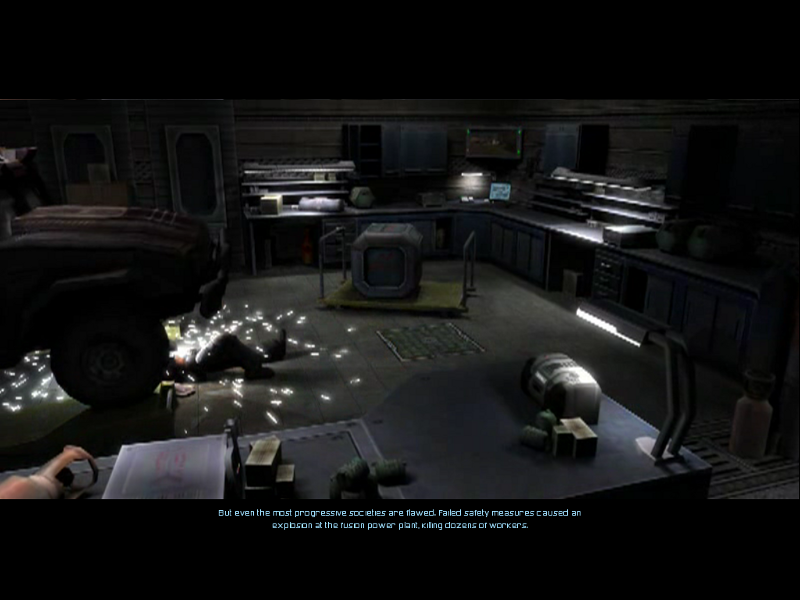
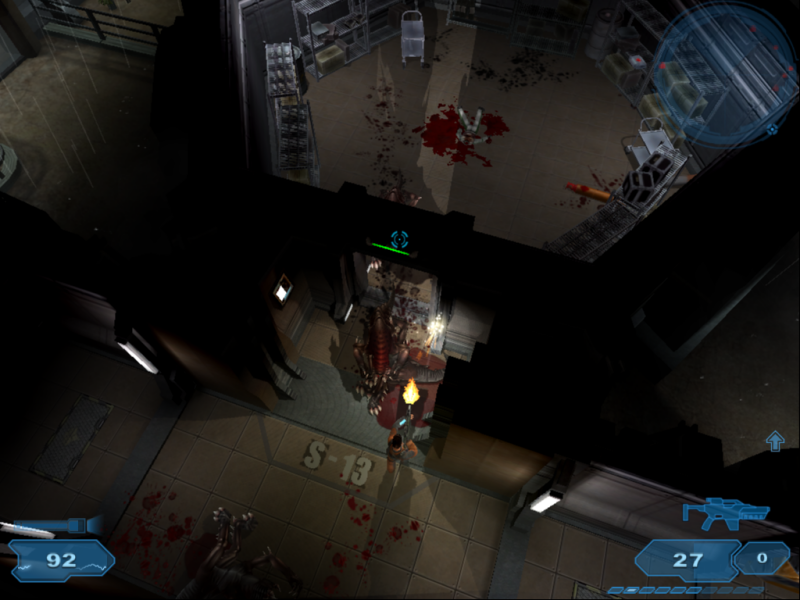
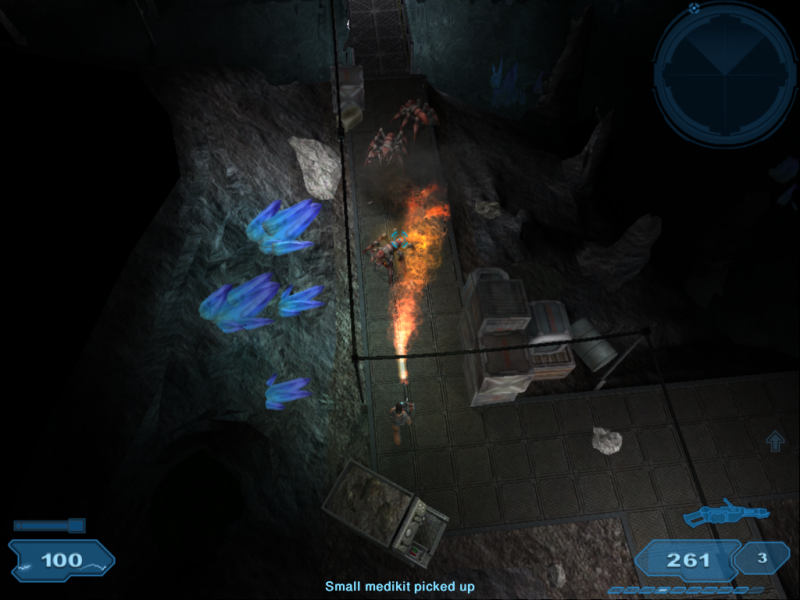
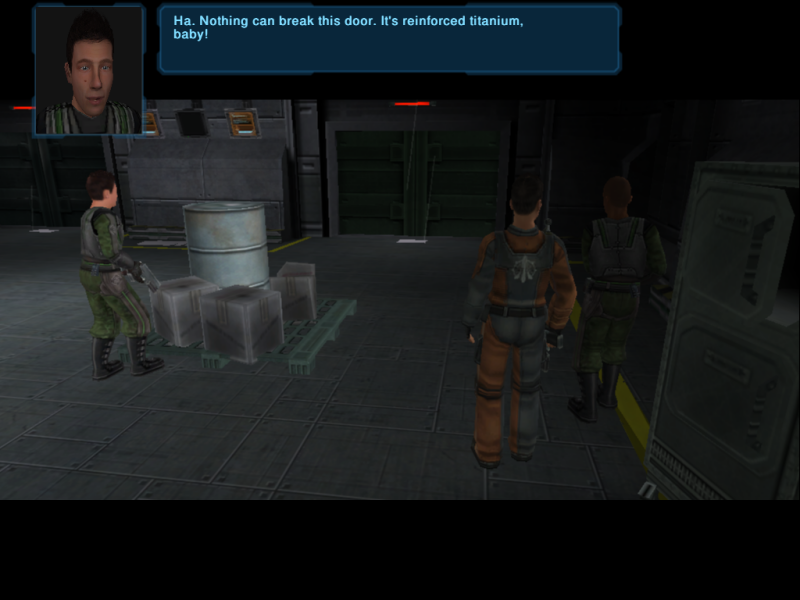
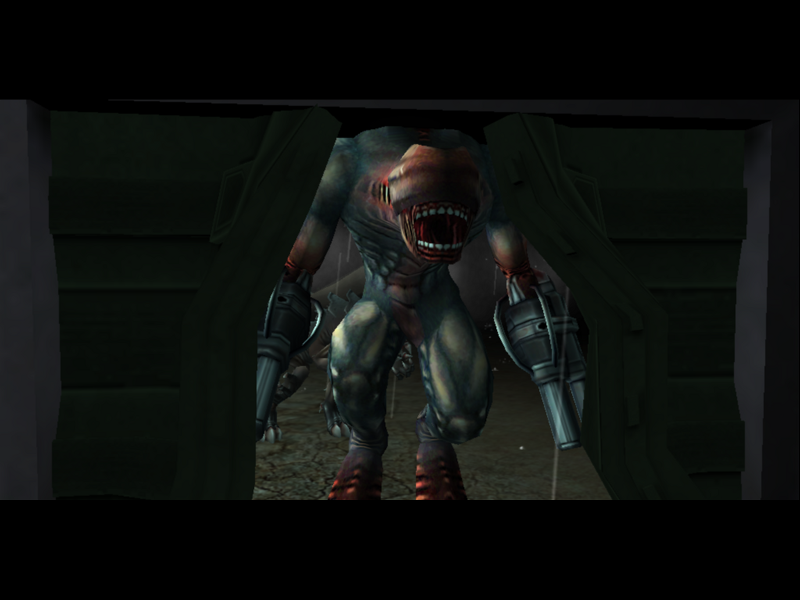
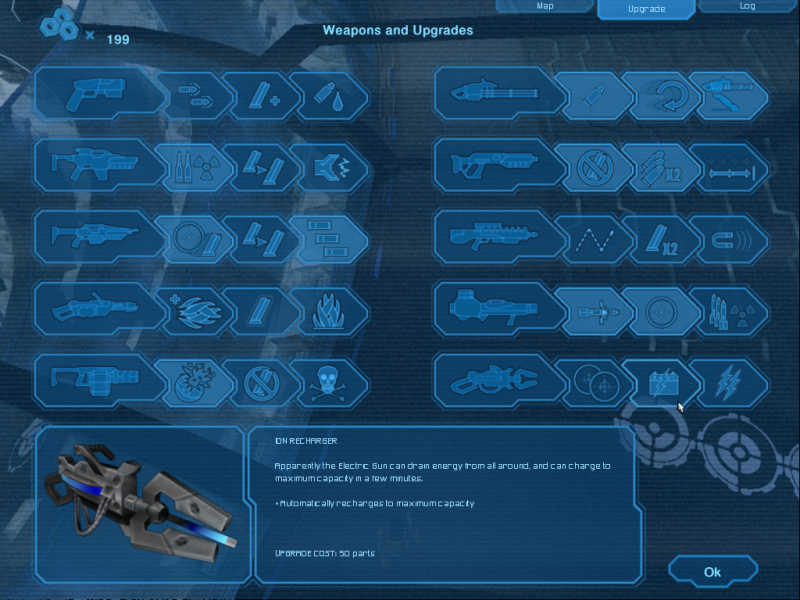
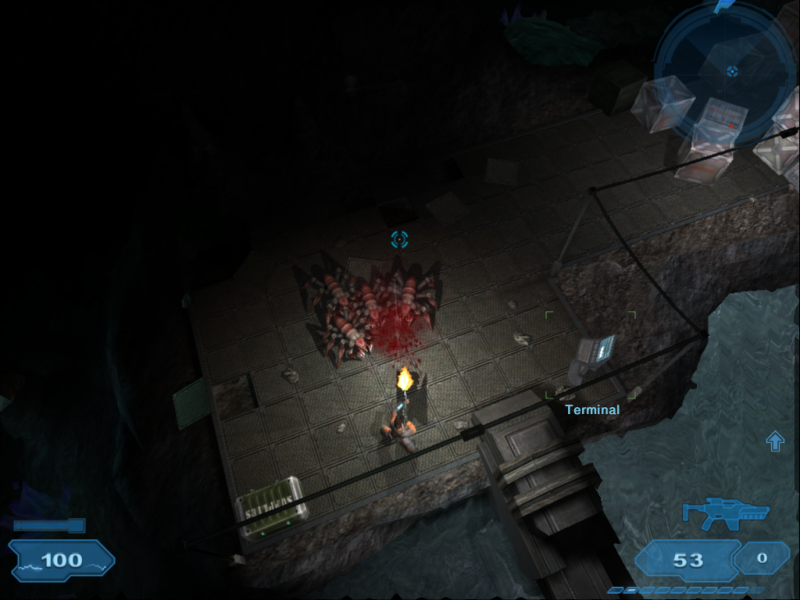
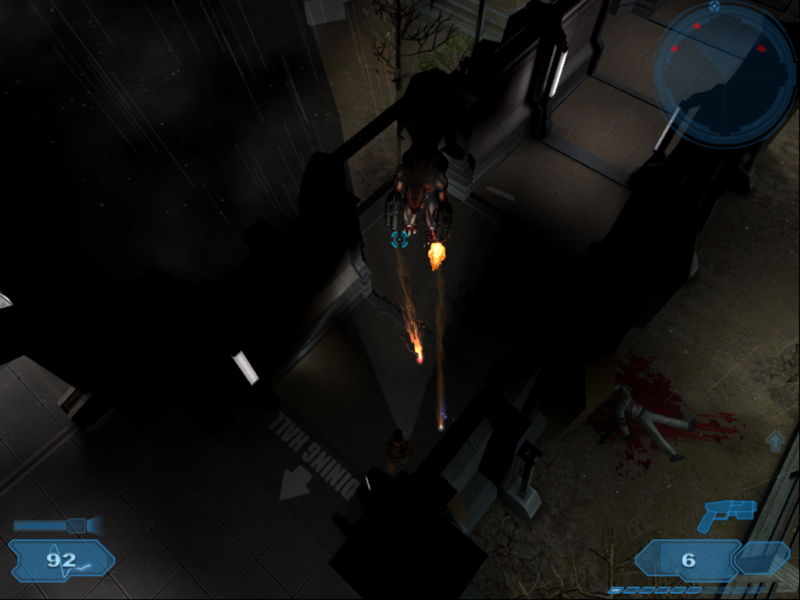
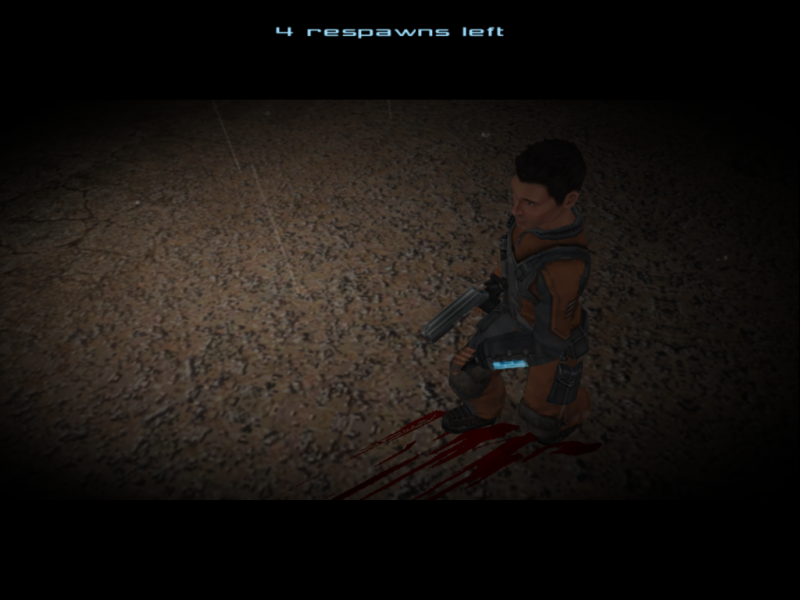
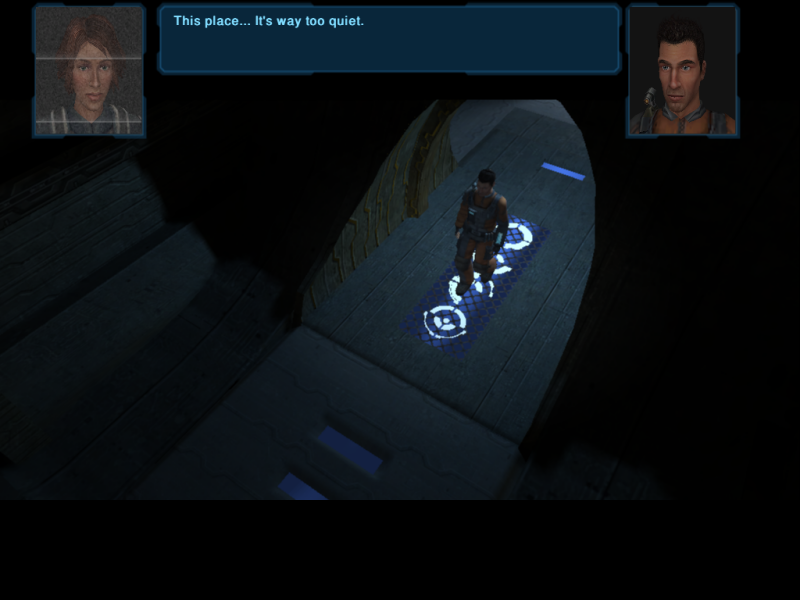
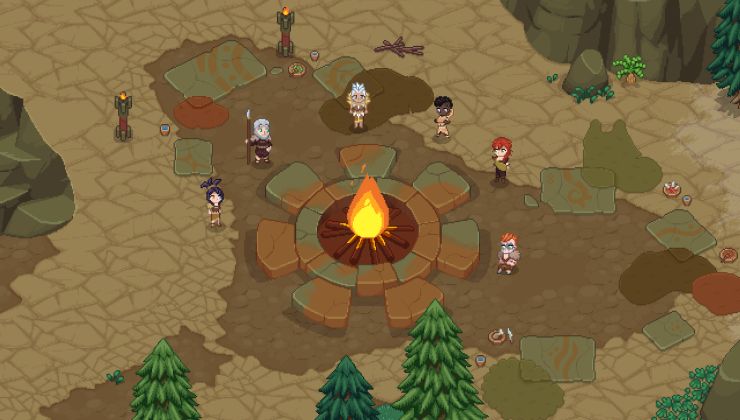
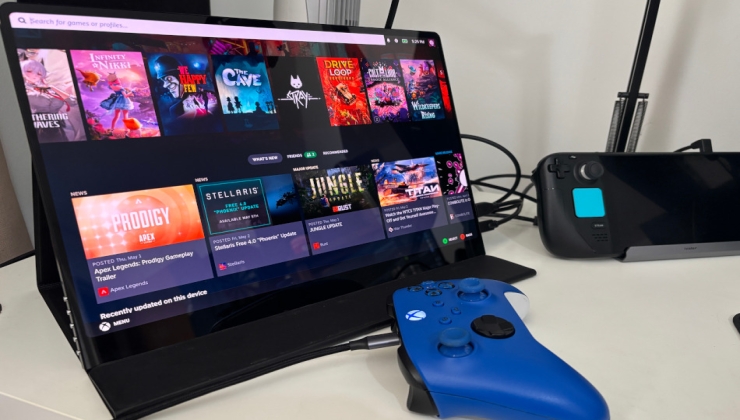
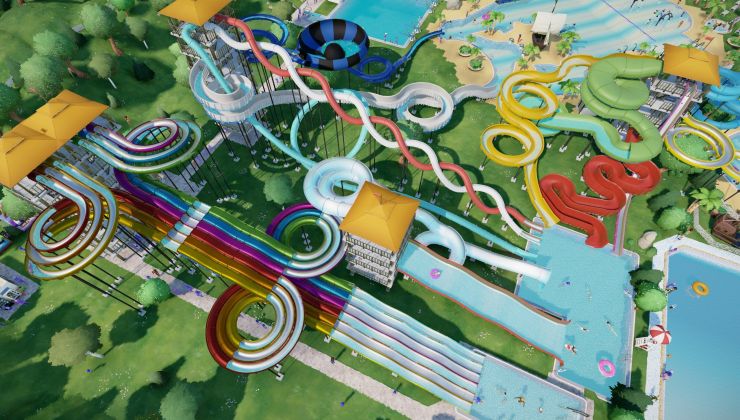
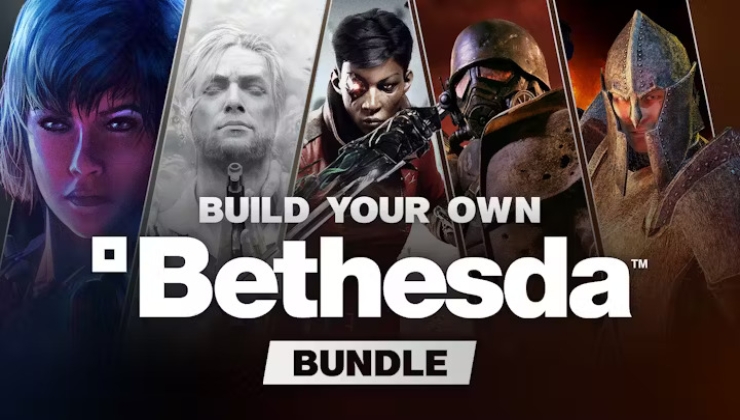


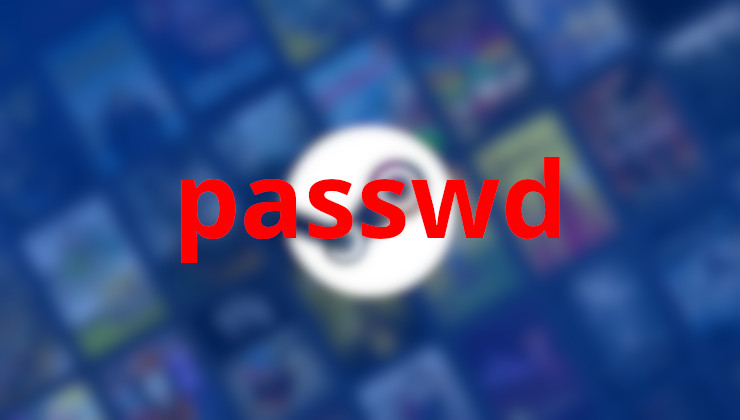 How to set, change and reset your SteamOS / Steam Deck desktop sudo password
How to set, change and reset your SteamOS / Steam Deck desktop sudo password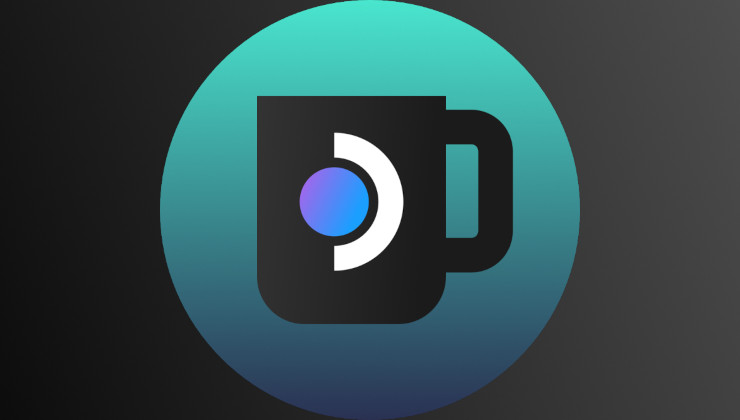 How to set up Decky Loader on Steam Deck / SteamOS for easy plugins
How to set up Decky Loader on Steam Deck / SteamOS for easy plugins
See more from me